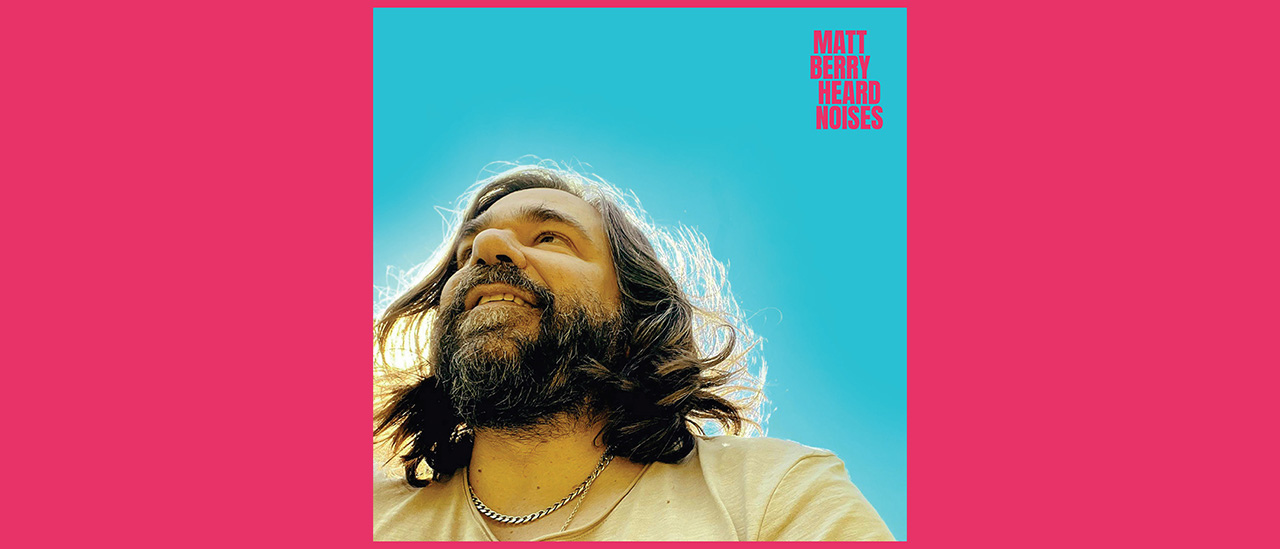You can trust Louder
Looking at Brian Eno’s early 1970s solo discography, made after he’d jumped from the good ship Roxy Music, it’s impossible not to be impressed by the sheer range and diversity of ideas that came pouring out of the head of the world’s most famous ‘non-musician’.
Both from 1974, Here Come The Warm Jets and Taking Tiger Mountain (By Strategy) bristled with spirited reinventions of glam, rock and pop music that were wry, raw and brimming with a savvy naiveté. A year later, things moved slightly left field to encompass the cerebrally slick yet quaintly humanised minimalism of Another Green World and, just two months later, the quasi-classical tones of his ambient music landmark, Discreet Music.
Though none of these made any commercial impact upon release, their ideas and implications proved to be very pervasive, resonating far beyond the music scene. By the time _Nerve Net _(1992), The Shutov Assembly (1992), Neroli (1993) and The Drop (1997) appeared, it would be quicker to list the bands and players that Eno hadn’t directly influenced or worked with. Returning from numerous collaborations, his solo work came in a torrent of creativity and experimentation. As in the 70s, this resulted in a series of divergent albums.
It’s a cause for considerable celebration that Nerve Net is accompanied by the previously unreleased album My Squelchy Life. Eno withdrew that from Warner’s schedule when they proposed delaying its release in 1991. This fit-of-pique strategy saw the album shelved and resulted in Nerve Net, arguably the most strident and assertive Eno solo release since 1977’s Before And After Science.
Alongside Nerve Net, My Squelchy Life sees a return to a predominantly song-based format, revisiting the magpie ethic and some trademark motifs of his rock and pop persona. Both records boast an eclectic supporting cast of players following wildly varying points on a spinning stylistic compass.
It’s abundantly clear that these discs are evidence of a remarkable creative peak in Eno’s canon. Wire Shock recalls the stuttering funk of My Life In The Bush Of Ghosts, bolstered by slabs of lurid, mutated brass slamming against the beats. The brilliantly silly recitation over the skittering clatter of Tutti Forgetti twinkles with impish humour, including a typewriter deployed as ancillary percussion (something that had previously occurred on Taking Tiger Mountain).
Elsewhere, I Fall Up, Under and Stiff contain Eno’s most impassioned vocalising. The joy he derives from singing is one of the most endearing features of this set. If 70s vocal albums are your thing, you must add this reissue to your collection.
Sign up below to get the latest from Prog, plus exclusive special offers, direct to your inbox!
The ambient The Shutov Assembly followed just two months after Nerve Net. In much the same way that Discreet Music acted as an instrumental foil to Another Green World, this one gathers a sequence of beguiling and luminous soundtracks accrued over several years of Eno’s art installations. The music is rich, layered and replete with ornate and rewarding details. The extra disc emphasises the composer’s orchestral ambitions for these pieces. Shutov is quintessential Eno, a perfect album that radiates invention and quality at every elegant turn.
A less elaborate undertaking, _Neroli _consists of ghost notes haunting exotic scales within a hushed, cloistered environment. Whereas Discreet Music felt ahead of the curve in 1975, Neroli’s pitch-perfect technology blends into the by-now overcrowded world of ambient music; he who once led the way now seemed content to follow the pack. With its gently undulating waves, accompanying extra disc New Space Music isn’t unlike the music one might encounter in a New Age crystal emporium, sans Tibetan bells.
Eno once described The Drop’s melodic squiggles as “what would happen if you tried to explain the sound of jazz to someone who’d never heard it, who wasn’t very clever, and your description wasn’t very good”. Though more rhythmically centred, these sketches are not without charm, but too often there’s a hasty dilettantism that’s more enthralled by the process than the outcome. The more expansive material on the 43-minute bonus disc frequently outperforms the original, and comes with enhanced packaging and liner notes.
Let’s hope Eno’s renewed interest in re-presenting his back catalogue extends all the way back to its innovative beginnings.
Sid's feature articles and reviews have appeared in numerous publications including Prog, Classic Rock, Record Collector, Q, Mojo and Uncut. A full-time freelance writer with hundreds of sleevenotes and essays for both indie and major record labels to his credit, his book, In The Court Of King Crimson, an acclaimed biography of King Crimson, was substantially revised and expanded in 2019 to coincide with the band’s 50th Anniversary. Alongside appearances on radio and TV, he has lectured on jazz and progressive music in the UK and Europe.
A resident of Whitley Bay in north-east England, he spends far too much time posting photographs of LPs he's listening to on Twitter and Facebook.


